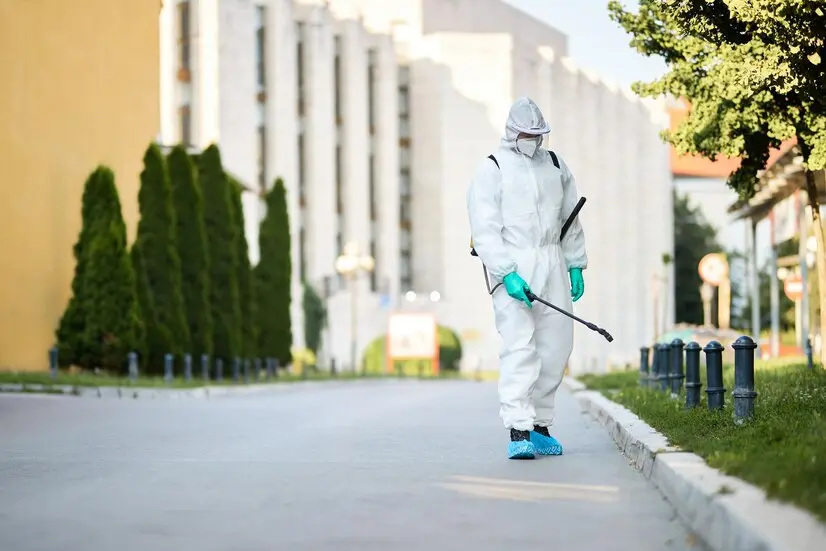With its busy streets, contemporary amenities, and varied communities, urban living offers a lively way of life. However, pest management presents special difficulties. From tightly packed buildings to small homes, urban settings may be perfect homes for insects. Backyard Comfort & Pest Control provides a deeper view of these challenges along with doable fixes to keep your urban area free from pests.
Understanding Urban Pest Challenges
- High Density Living
High-density living is one of the main difficulties in urban pest management. Common walls, flooring, and ceilings are features of both condominiums and apartments. This connectivity lets bugs flow across buildings with ease. For instance, ants and cockroaches may move over tiny gaps and fissures from one apartment to another.
- Limited Space
Limited space resulting from urban life might make pest management more challenging. Little flats and storage spaces provide perfect hiding places for bugs and rodents. Restricted storage space may also result in clutter, further offering hiding places and complicating the identification and handling of pest problems.
- High Traffic Areas
Cities are bustling with activity, which may aggravate bug issues. Food waste and trash are common attractants for bugs. Inefficient waste management or sporadic trash collection may provide perfect habitats for flies, mice, and rats.
Effective Pest Control Solutions
- Seal Entry Points
Sealing access points is one of the best methods for keeping bugs out of your house. Search your flat for cracks or gaps around pipes, doors, and windows. Seal these cracks with weather stripping or caulk. Larger gaps might require blocking the entrance with metal mesh or expanding foam.
- Maintain Cleanliness
Control of pests depends critically on keeping the surroundings clean. Frequent cleaning of your living area—including beneath furniture and in storage spaces—helps Store food in airtight containers and quickly wipes spills and crumbs. Make sure trash containers are firmly shut and dispose of your rubbish correctly. Regular cleaning removes possible bug homes and lessens attractants.
- Manage Waste Properly
Good waste management is vital in cities. Make sure you recycle and dispose of garbage according to municipal recommendations. Avoid placing garbage bags in corridors or outdoors, as they attract bugs. Living in a building with common garbage disposal facilities means you should ensure these spaces are clear of trash.
- Address Water Sources
Water supplies attract pests like rats and cockroaches. Correct any plumbing leaks and ensure your house doesn’t have standing water problems. When not in use, keep shower facilities, toilets, and sinks dry. Frequent inspections for and resolution of any moisture issues help discourage pests.
- Use Pest Control Products Wisely
Many pest management items are available, from sprays and traps to natural repellents. Select items suitable for use in confined areas and closely follow the directions. If you have serious infestations, see a professional pest control company. Given your particular circumstances, they may provide focused treatments and recommendations.
- Monitor and Prevent
Early identification of pest problems, made possible by regular monitoring, helps prevent them from becoming major concerns. Look for evidence of pests such as droppings, gnaw marks, or nests. Should you see any of these indicators, respond right away. Prevention is very important, so take action, including frequent cleaning and sealing access spots, to prevent later issues.
Conclusion
Although living in an urban area presents some pest control issues, you can have pest-free surroundings by being proactive and somewhat vigilant. Your urban house will be free of pests if you seal access points, maintain cleanliness, correctly handle garbage, and use smart pest control solutions. Recall that maintaining pest control mostly depends on continuous monitoring and education. Don’t hesitate to ask experts to guarantee a thorough and workable answer when in doubt.

